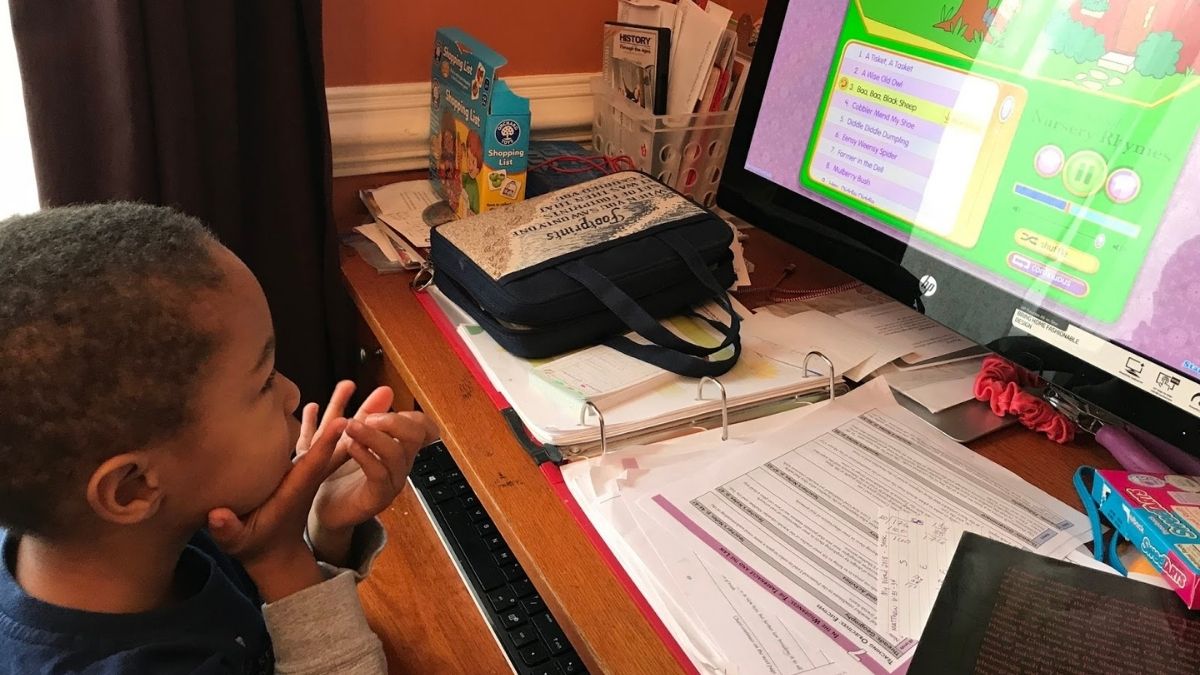The Academy for Education Development represents this progressive movement—an institution dedicated to bridging the gap between conventional learning methods and the dynamic demands of modern society. By focusing on comprehensive educational reform, professional development, and innovative teaching methodologies, these academies are transforming how we think about learning and growth.
This exploration examines the core principles, methodologies, and impact of education development academies, offering insights into how they’re reshaping educational landscapes across the globe.
Understanding Education Development Academies
Education development academies operate on a fundamental belief that learning extends far beyond textbooks and standardized tests. These institutions recognize that effective education must adapt to changing societal needs, technological advances, and diverse learning styles.
Unlike traditional schools that often follow rigid curricula, education development academies embrace flexibility and innovation. They serve multiple constituencies: students seeking alternative learning pathways, educators looking to enhance their skills, and communities aiming to strengthen their educational infrastructure.
The academy model typically integrates several key components: curriculum innovation, teacher training programs, community engagement initiatives, and research-driven educational practices. This holistic approach ensures that learning becomes a collaborative effort involving all stakeholders in the educational process.
Core Principles and Philosophy
Student-Centered Learning
Education development academies prioritize individual student needs over one-size-fits-all approaches. This philosophy recognizes that learners possess unique strengths, interests, and challenges that require personalized attention and customized learning strategies.
Rather than forcing students to conform to predetermined molds, these academies adapt their methods to accommodate different learning styles. Visual learners might engage with interactive media and graphic organizers, while kinesthetic learners benefit from hands-on projects and movement-based activities.
Interdisciplinary Integration
Traditional subject boundaries often create artificial separations between related concepts. Education development academies break down these barriers by creating interdisciplinary learning experiences that mirror real-world problem-solving.
A project exploring climate change, for example, might integrate science concepts with mathematical data analysis, historical context, geographical understanding, and creative expression through art or writing. This approach helps students see connections between different fields of knowledge and develops more comprehensive understanding.
Community Partnership
These academies recognize that education doesn’t occur in isolation. Strong partnerships with local businesses, cultural organizations, government agencies, and community groups create authentic learning opportunities and prepare students for active citizenship.
Students might collaborate with local environmental groups on conservation projects, work with small businesses to understand economics and entrepreneurship, or partner with cultural institutions to explore history and arts. These connections make learning relevant and meaningful while strengthening community bonds.
Innovative Teaching Methodologies
Project-Based Learning
Project-based learning forms the backbone of many education development academy programs. Students engage in extended investigations of complex, real-world problems, developing both subject knowledge and essential skills like critical thinking, collaboration, and communication.
These projects often span multiple weeks or months, allowing students to dive deep into topics that interest them while meeting academic standards. The process involves research, planning, execution, and reflection—skills that prove invaluable in future academic and professional endeavors.
Technology Integration
Education development academies thoughtfully integrate technology to enhance learning rather than simply digitizing traditional methods. Students might use coding to solve mathematical problems, create digital portfolios to showcase their work, or collaborate with peers from other countries through virtual exchange programs.
The focus remains on using technology as a tool for deeper learning and global connection rather than as an end goal. Digital literacy becomes naturally embedded within meaningful academic and creative pursuits.
Experiential Learning
Learning through direct experience creates lasting understanding that goes beyond memorization. Education development academies create opportunities for students to engage with their communities, explore natural environments, and participate in internships or apprenticeships.
Field studies might take students to local ecosystems to study environmental science, historical sites to understand social studies concepts, or businesses to observe economic principles in action. These experiences make abstract concepts concrete and memorable.
Professional Development and Teacher Training
Continuous Learning Culture
Education development academies recognize that effective teaching requires ongoing professional growth. They create cultures where educators continuously refine their practice through collaboration, reflection, and experimentation with new approaches.
Teachers participate in regular professional learning communities where they share successes, discuss challenges, and collaborate on innovative solutions. This collegial approach helps educators stay current with best practices while developing their unique teaching strengths.
Research-Based Practices
These institutions emphasize evidence-based teaching methods supported by educational research. Teachers learn to evaluate and implement strategies that have proven effective while also contributing to the body of knowledge through action research in their own classrooms.
Professional development programs often include components on learning sciences, child development, assessment strategies, and inclusive teaching practices. This comprehensive approach ensures that teachers understand not just what to teach, but how students learn most effectively.
Leadership Development
Many education development academies prepare educators to become leaders in educational reform. Teacher leadership programs help experienced educators develop skills in mentoring, curriculum development, and organizational change.
These programs recognize that sustainable educational improvement requires distributed leadership throughout schools and communities. By developing teacher leaders, academies create lasting change that extends beyond individual classrooms.
Impact on Student Outcomes
Academic Achievement
Students in education development academies often demonstrate strong academic performance, but success is measured through multiple indicators rather than solely standardized test scores. Portfolios, exhibitions, and performance-based assessments provide more comprehensive pictures of student learning.
Many graduates show improved critical thinking skills, creativity, and problem-solving abilities that serve them well in higher education and career settings. The emphasis on deep learning over surface-level memorization creates more lasting educational benefits.
Social-Emotional Development
The holistic approach of education development academies supports students’ social and emotional growth alongside academic development. Students develop stronger communication skills, cultural competence, and emotional intelligence through diverse learning experiences and community connections.
Collaborative learning environments help students develop empathy, leadership skills, and the ability to work effectively with people from different backgrounds. These skills prove essential for success in increasingly diverse and interconnected societies.
Career and College Readiness
Graduates of education development academies often demonstrate strong preparation for both higher education and career pathways. The emphasis on real-world problem-solving, project management, and communication skills aligns well with employer expectations and college success factors.
Many programs include explicit career exploration components, internships, and mentorship opportunities that help students make informed decisions about their futures while developing professional networks and skills.
Building Educational Futures
The Academy For Education Development model represents a significant evolution in educational thinking and practice. By prioritizing student-centered learning, innovative methodologies, and community partnerships, these institutions create educational experiences that prepare learners for the complexities of modern life.
As traditional educational systems face increasing pressure to adapt and improve, the principles and practices pioneered by education development academies offer valuable insights and proven strategies. Their success demonstrates that educational transformation is not only possible but essential for meeting the needs of diverse learners and communities.
The continued growth and refinement of this educational approach promises to create more engaging, effective, and equitable learning opportunities for students while supporting the professional growth of educators and strengthening community connections. Through this comprehensive approach to educational development, we can build learning environments that truly prepare students for success in an ever-changing world.











